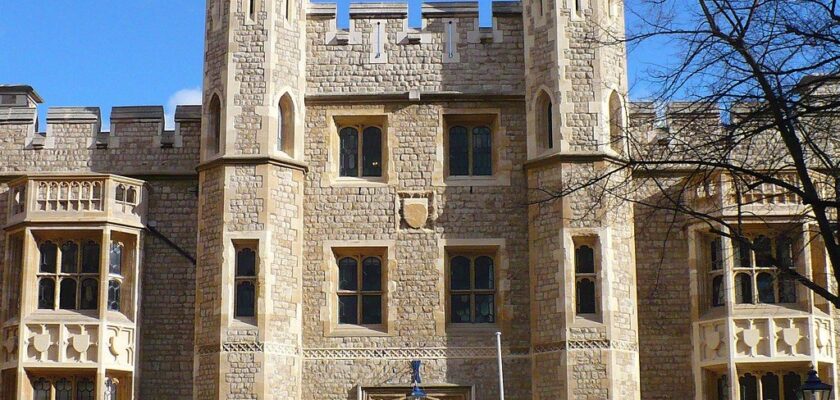Tower of London
The Tower of London is one of the UK’s major landmarks, a fortress with a history dating back almost 1,000 years.
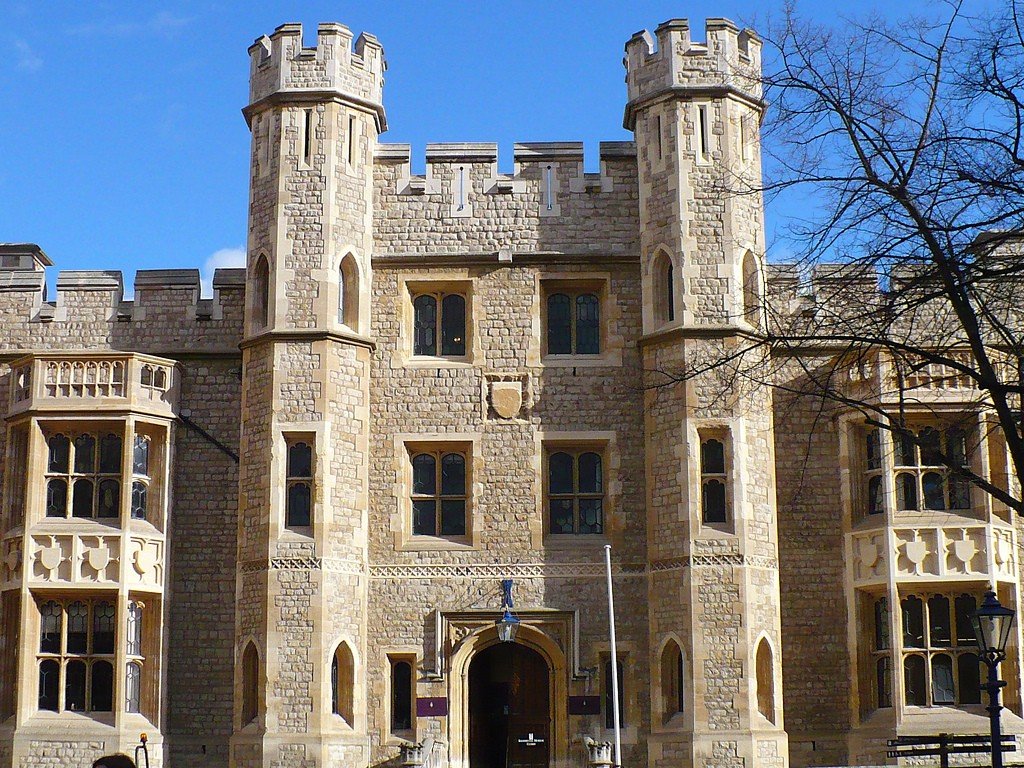
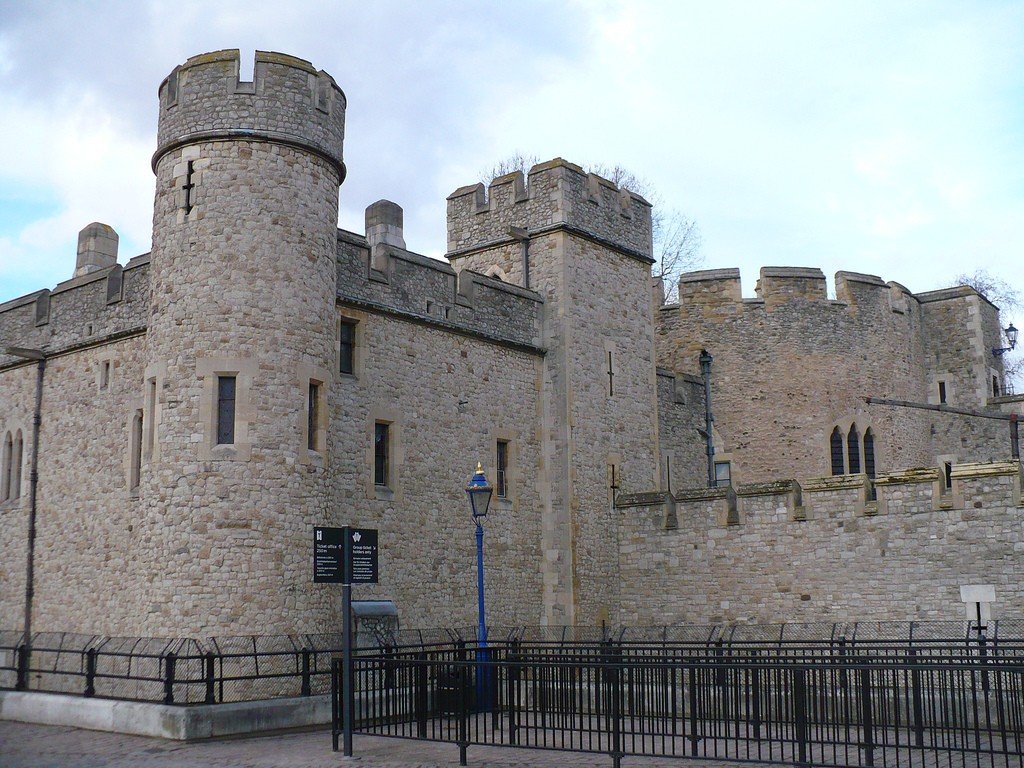
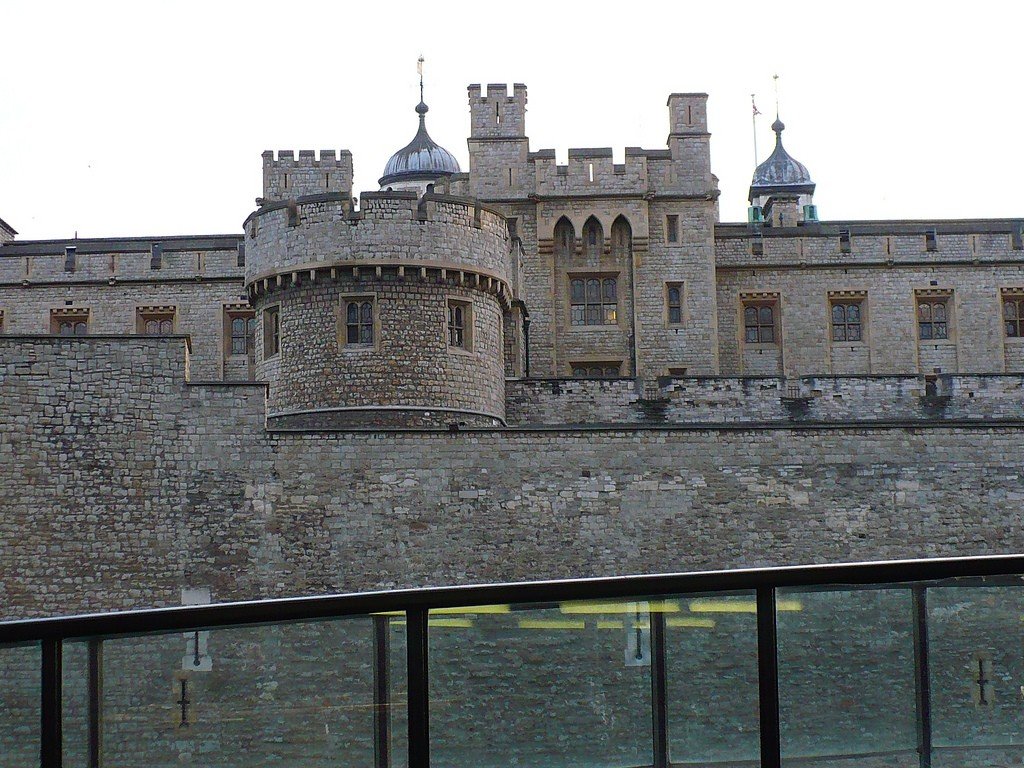
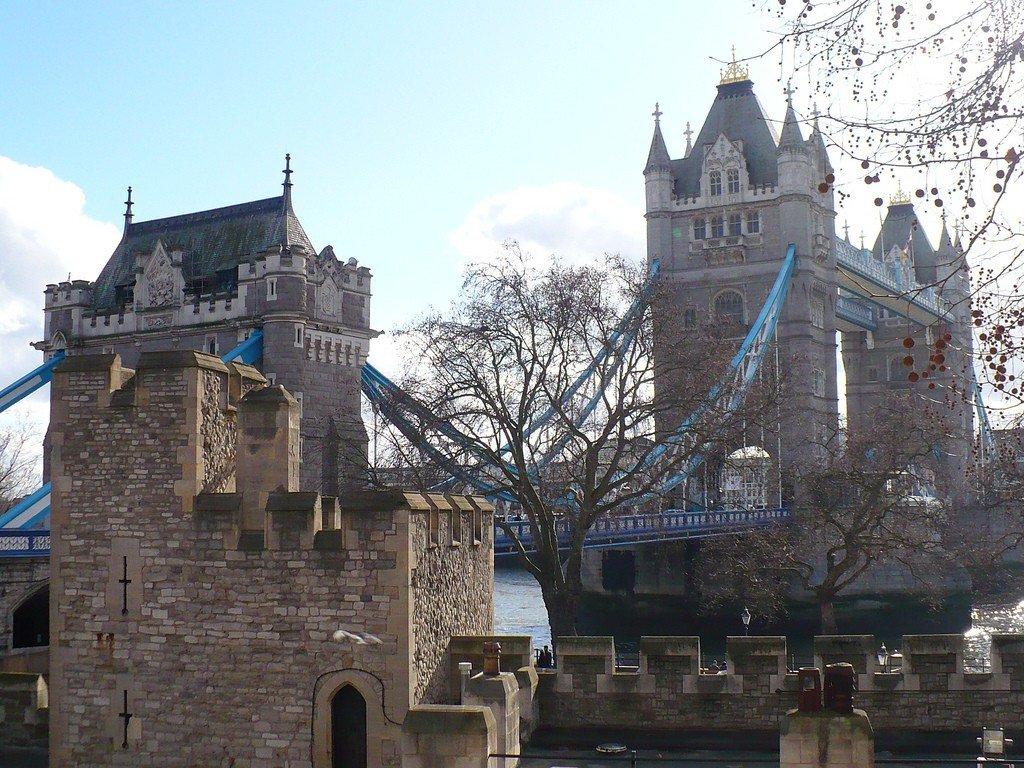
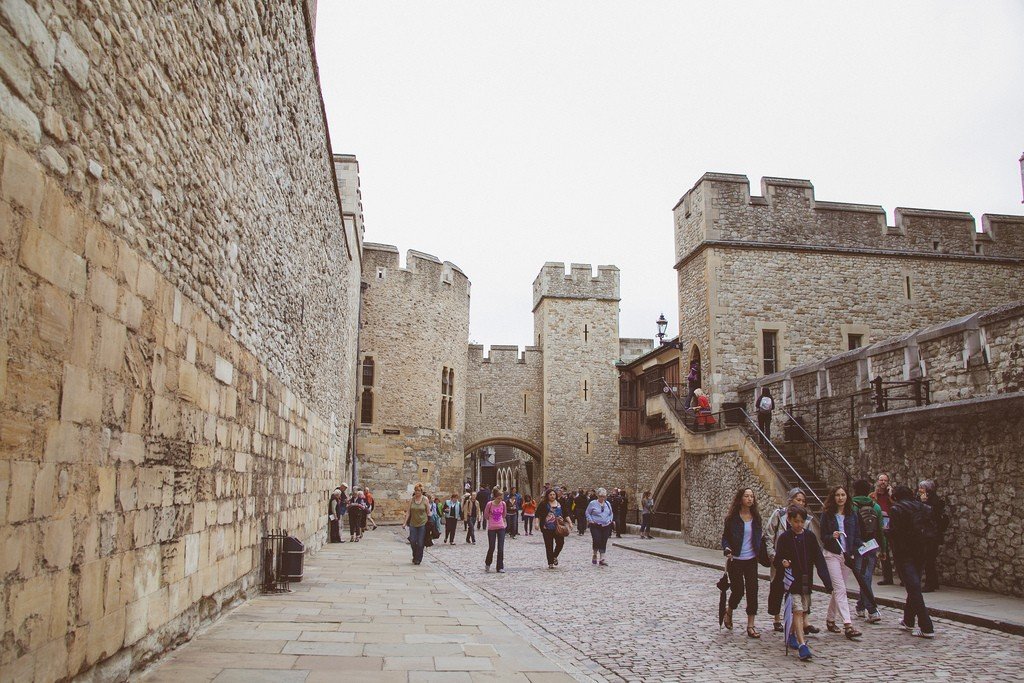
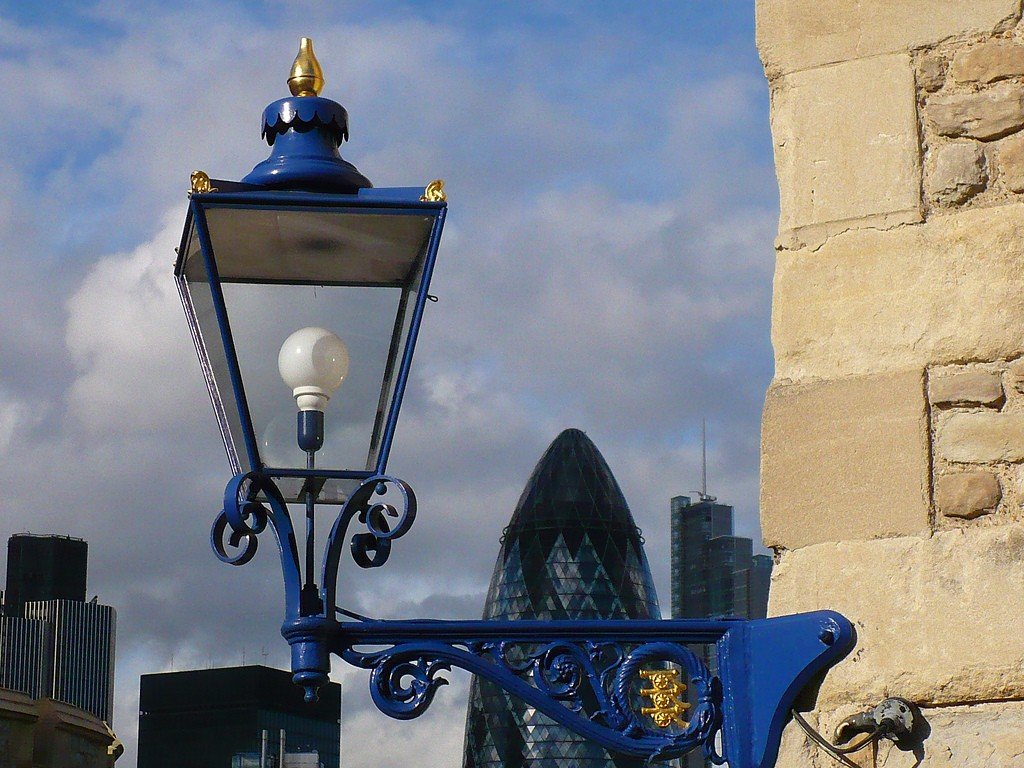
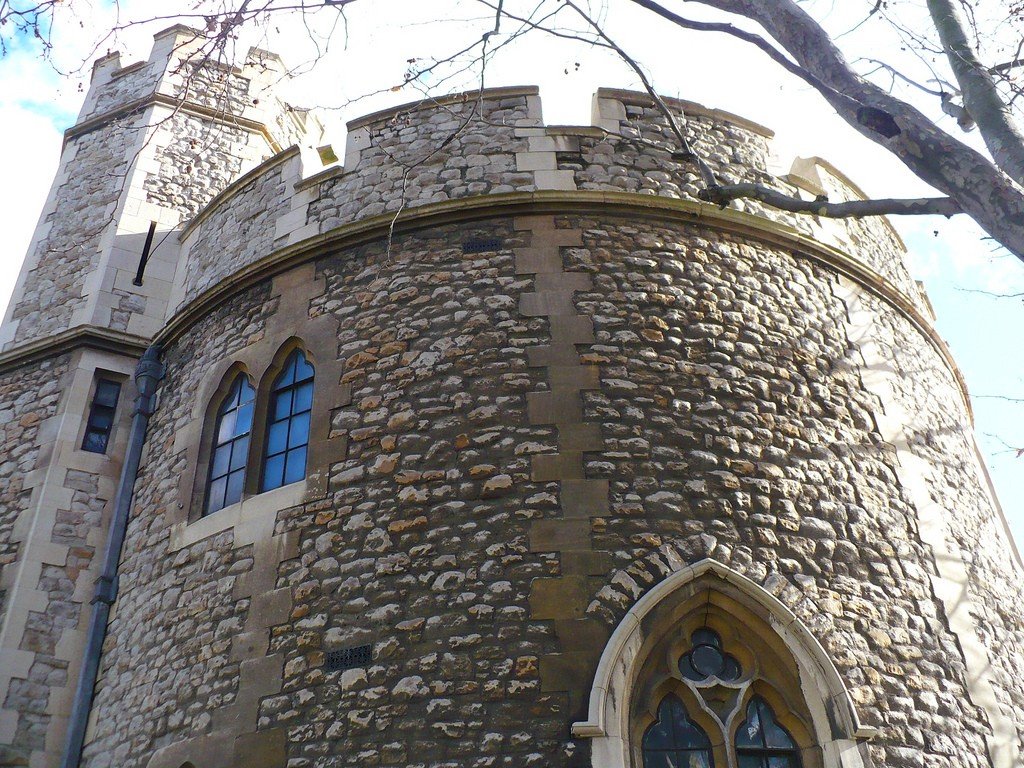
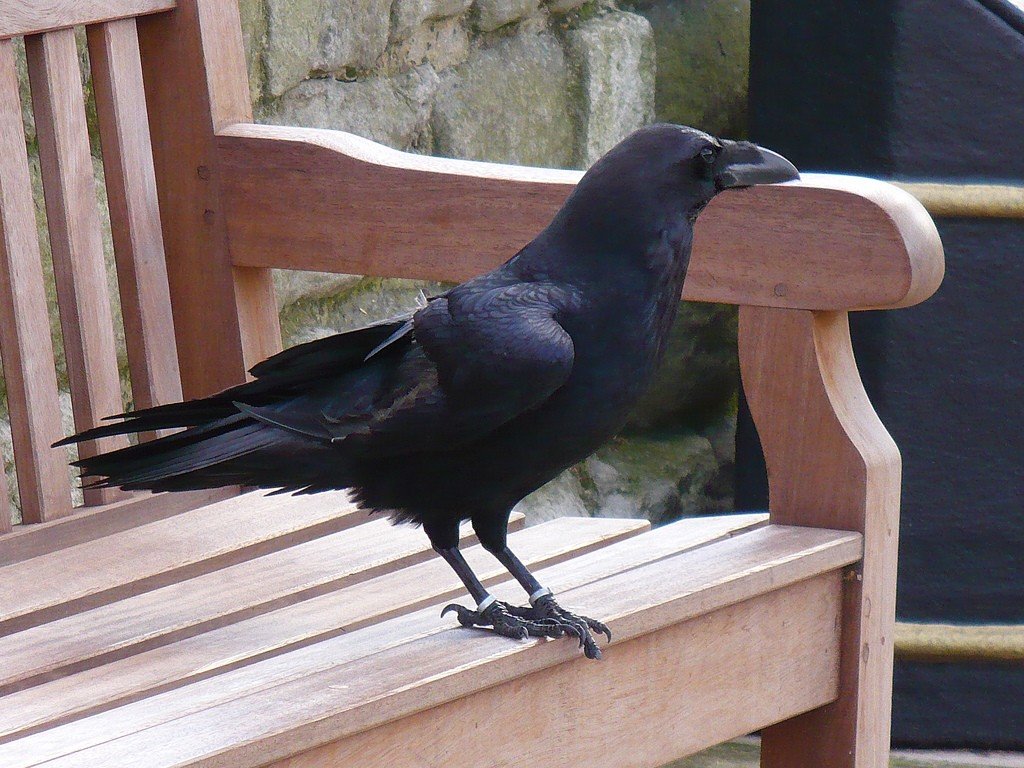
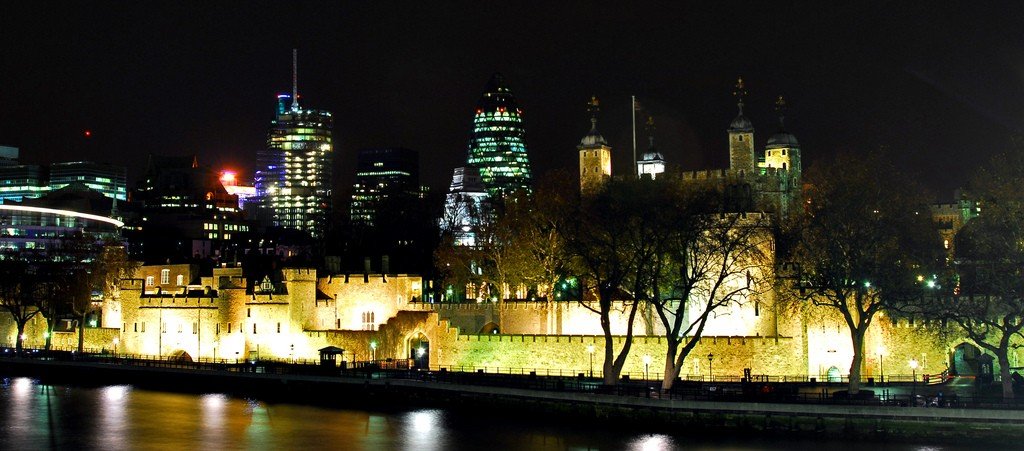
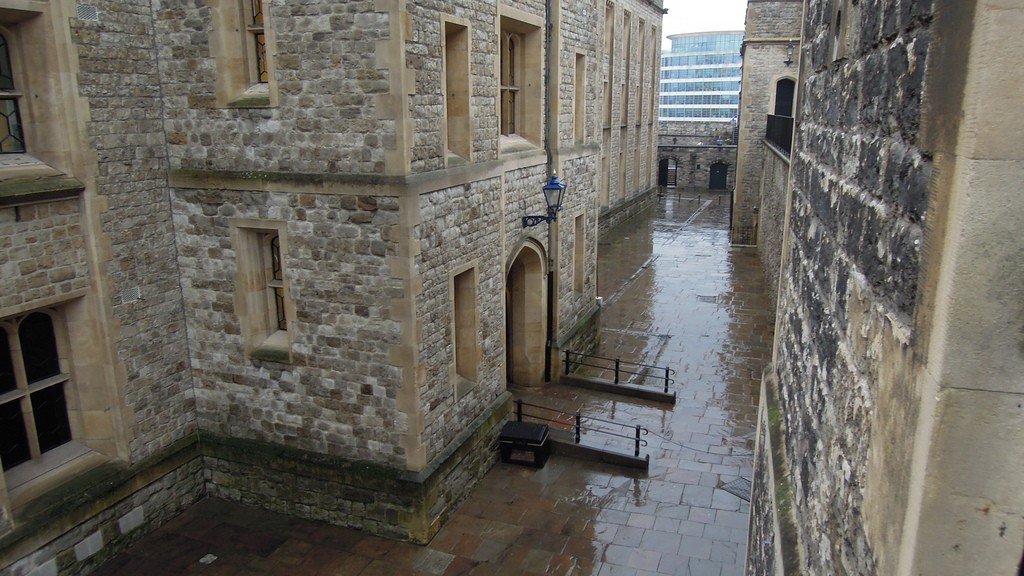
General Information
For nine centuries, the King’s Tower Castle has been a grim symbol of cruel judgment, imprisonment, torture and execution. Apparently, its grim reputation is what draws so many tourists here. Add to this the bifiters (guards) in red uniforms, the legendary ravens and the glitter of royal jewels, and you can understand the Tower’s immense popularity.
.www.hrp.org.ukTel: 020-7709 0765Admission is chargeableTower Hill Underground
.Construction of the Tower of London began in 1078 by William the Conqueror to control the vital route from the sea to London. The White Tower became England’s first stone watchtower. Henry III established a palace here in the early 13th century, and although no monarch has lived here since Henry VII, the Tower officially remains the Royal Palace.
.At various times it has housed an astronomical observatory, the royal archives, the royal menagerie and the royal arsenal.
As a result of numerous rebuilds, the Tower became a fortress of irregular hexagonal shape, surrounded by a moat and double defensive walls with crenellated towers. The narrow outer courtyard (patrolled space) is guarded by cylindrical towers.
>Behind the wall is the inner courtyard, a wide space enclosed on all sides. This is where barracks for soldiers, houses, chapels and other buildings were built over the centuries. In the center rises the donjon, an ancient White Tower topped by four bow domes on corner turrets. It is one of the largest donjons in the medieval architecture of Western Europe.
Nowadays, the Tower is famous primarily for housing the Crown Treasury. However, much of the Tower’s fame came from its bloody history, as for centuries the Tower remained a prison where torture and execution took place.
.
Legends and stories
Over the 900 years of the Tower’s existence, legends and historical facts have become inextricably intertwined. On the south side of the outer wall is St. Thomas’s Tower, and within it is the “Traitors’ Gate” overlooking the Thames.
.
Those condemned at the Palace of Westminster for high treason were taken to this entrance to the Tower by boat, which was considered a great disgrace.
.Just beyond the “Traitors’ Gate” in the inner wall is the Bloody Tower, facing the courtyard. Here in 1483, just after the death of King Edward IV, the heir to the throne, Prince Edward and his younger brother Prince Richard, were brought here on the orders of their uncle Richard, Duke of Gloucester. No one outside the Tower walls ever saw the boys again, and “Hunchback Dick” was crowned that same year as Richard III. In 1674, the skeletons of the two boys were recovered from the ground nearby, giving more reason for talk that the ambitious Duke had ordered the nephews’ deaths. They weren’t the only royalty killed here. It may have been their father who ordered the murder of his predecessor Henry VI, who was suffering from mental illness. In 1471 Henry VI was deposed, sent to the Tower and executed, and the people were told that the king had died of grief.
.
Torture and execution are an integral part of the Tower’s history. Traitors were executed publicly on Tower Hill, the square inside the fortress, but a “privileged” minority were parted with their heads on the Tower lawn in front of the White Tower. These included two of Henry VIII’s wives: the indomitable six-fingered Anne Boleyn (second wife), mother of Queen Elizabeth I, beheaded by the sword of a French executioner, and the unwise Katherine Howard (fifth wife), whose head was also chopped off with an axe like most other traitors.
.Beefeaters
Guarding the fortress and the Tower’s 2.5 million annual visitors are 42 Beefeaters, the Tower’s lifeguards. A key handover ceremony takes place daily at 21:35 (if you wish to attend, write in advance to the Tower Constable, Tower, ESZ). One of them holds the title of caretaker of the ravens, and he is the one responsible for them. According to legend, if the ravens fly away from the Tower, the kingdom will fall, and so they have their wings clipped!
.You have to stand in line to get into Waterloo Barracks, where the jewels of the English crown are on display, but they are worth it. Here you’ll see Elizabeth II’s crown with the famous Cochinor diamond and a crown made in 1837 for Queen Victoria. It is set with the Little Star of Africa diamond and a sapphire that belonged to Edward the Confessor.
.